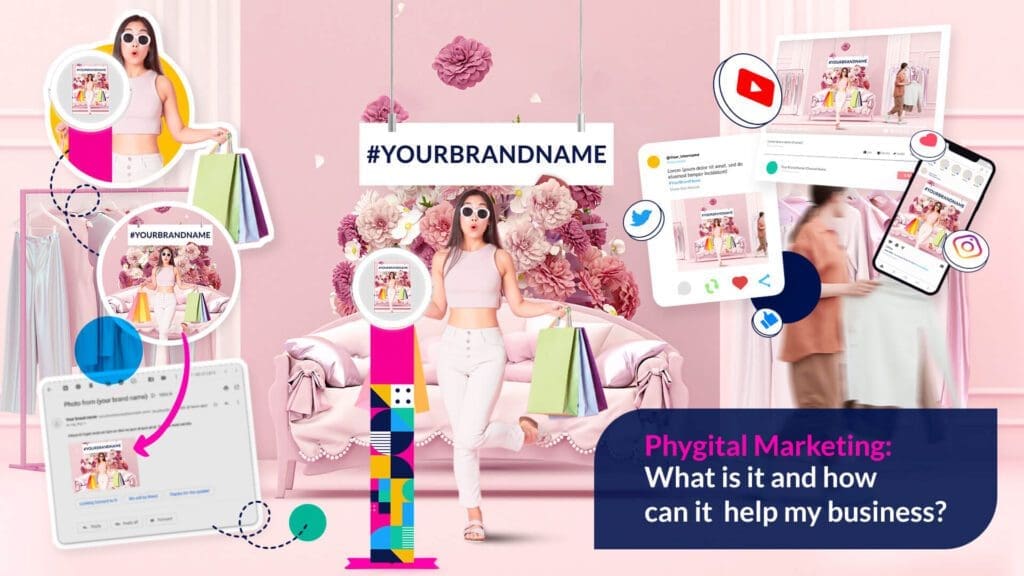

Just when you think you're all caught up on the latest digital marketing trends, here comes a new one to bowl your over. Learn all about phygital marketing now to stay one step ahead of your competition.
In this quick guide, we'll explain what phygital marketing is and how it can benefit your business.
We'll also throw in some examples of how it can be used effectively, so you can get your creative juices flowing. So read on to learn more!
Phygital marketing is the combination of physical and digital elements in marketing campaigns. This approach allows businesses to create more engaging and effective campaigns that capture the attention of their target audience. By using both physical and digital elements, businesses reach consumers in a variety of ways and provide a more comprehensive experience.
The most persuasive element of phygital marketing is the seamless transition of welcoming in-person customers into your digital world. You connect with them online and are able to pull them into your marketing funnel, extracting even more value from them.
There are a number of reasons why phygital marketing is gaining traction. First, it allows for seamless communication and transaction between a business and its customers.
In the past, businesses would use separate channels to communicate with customers (i.e. print ads, TV commercials, billboards, etc.). Nowadays, businesses can use a single platform, such as live streaming platforms and apps, to reach out to their target audience.
Another reason phygital marketing is so important is that it provides a more immersive experience for consumers. They're able to connect with a brand on a more personal level and learn about its products or services in a way that's more engaging.
Lastly, phygital marketing is important because it allows businesses to collect data about their customers. This data can be used to improve the customer experience and make better business decisions.
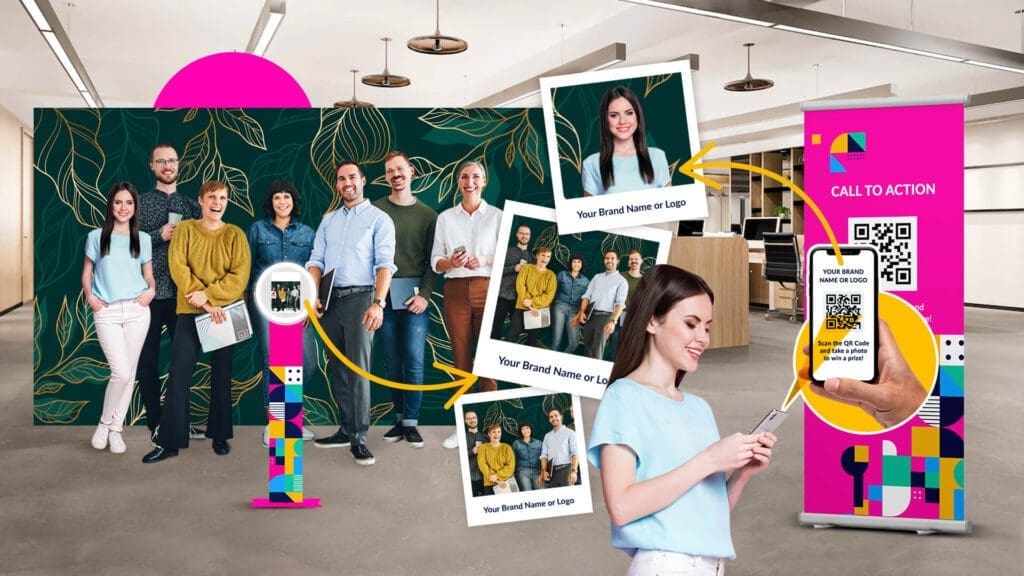
To help you further understand what phygital marketing is and how it is being put to use in the marketing world, let's take a look at some examples of how businesses are using it. These examples can spur your own creativity and help you come up with ways to use phygital marketing in your business.
Nike+ is a great example of phygital marketing. It's a physical product (a pair of shoes) that's connected to a digital app. The app tracks your progress and provides motivation to keep running.
Coca-Cola used phygital marketing in its Share a Coke campaign. The company placed QR codes on its bottles and cans, which consumers could scan to receive a personal message from a friend.
L'Oréal's Makeup Genius app is another excellent example of phygital marketing. The app uses your phone's camera to scan your face and then shows you how certain makeup products would look on you.
Ikea's Place app is a great example of how phygital marketing can be used in retail. The app allows you to see how Ikea furniture would look in your home before you buy it.
Sephora's Virtual Artist app is a great example of how phygital marketing can be used in the beauty industry. The app uses Augmented Reality (AR) to let you try on different makeup products.
There are a number of ways to incorporate phygital marketing into your customer experience. Here are a few simple ideas to get you started.
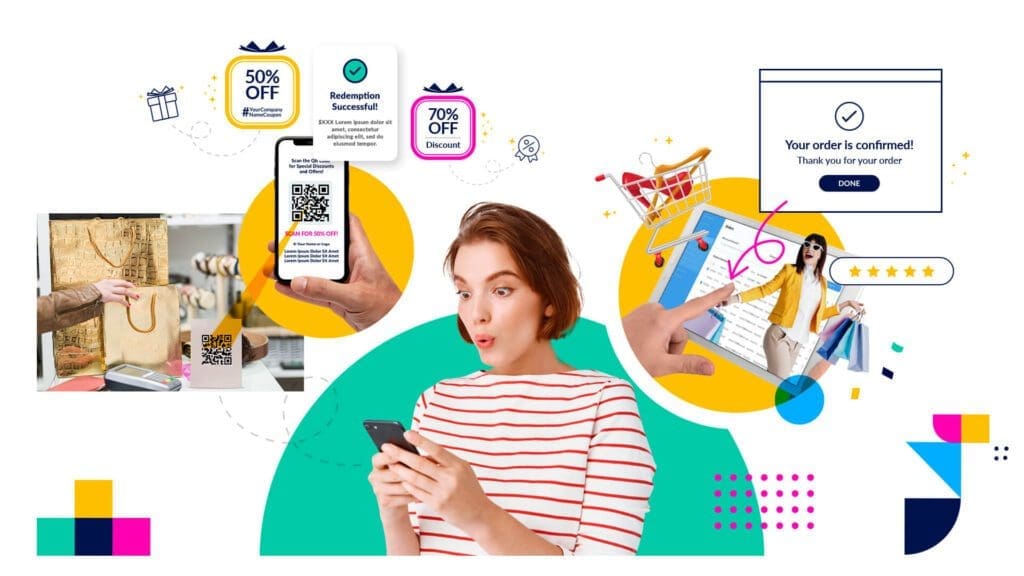
If you have a brick-and-mortar location, include motivation for customers to connect with you online. Do this by offering digital coupons or discounts that can only be redeemed by scanning a QR code. You can also use technology to capture customer interactions, such as using iPads to take customer orders and have them use their email address to receive their bill.
Data is a powerful tool that can be used to create personalized experiences for consumers. Use phygital marketing to collect data about your customers and use it to create customized campaigns. For example, use data from your loyalty program to send targeted emails to customers with special offers. Or use data from your website to create a personalized in-store experience.
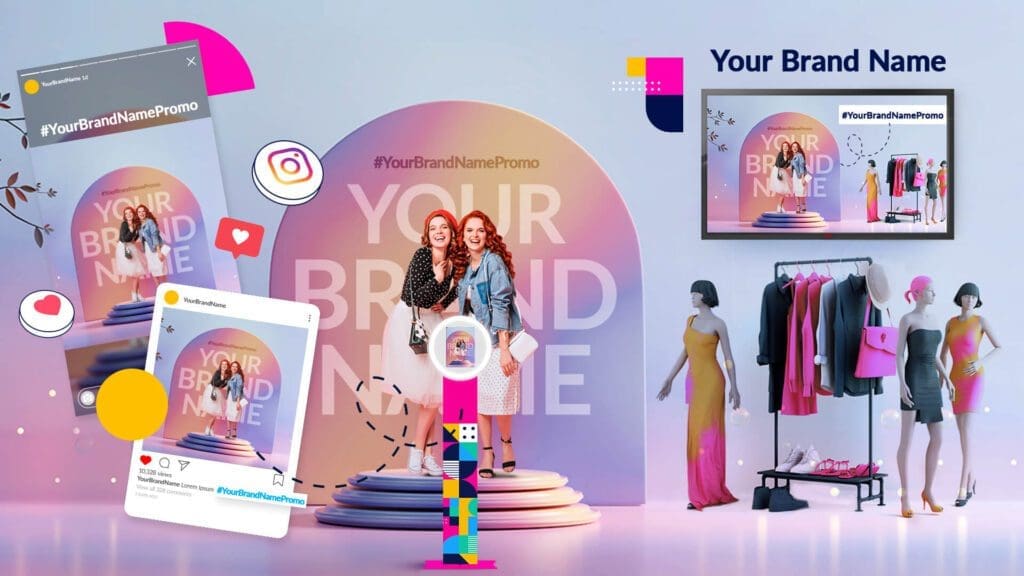
A photo booth is a great way to engage customers in your store. Use it to take photos of customers with an interactive background. Ask them for their email address to deliver the photos to them.
Encourage them to follow you online to see their photos posted on your socials. This way, you can also collect data about your customers while providing them with a fun experience.
Photo booths made their way back into popularity bringing with them some nostalgia for vintage times and technology. Consider them a fun marketing tool that captures photos and videos of guests in-store and at events.
Guests take pictures and videos using their own camera or smartphone and then share them on social media using a designated hashtag. Brands are always looking for ways to encourage clients to create positive user-generated content around their products and services. As a marketing tool, photo booths promote brands, products, or services in a fun and engaging way.
People love to take selfies of themselves and will jump at the idea of doing it in a photo booth with fun props and digital filters. After all, who doesn't love a good "doing it for the 'gram" moment? Having a strategic photo moment at your location or company event is a great way to engage customers and get them talking about your brand.
You can use the photos from a photo booth to:
Get permission from your guests to use the photos and videos in your marketing. Here are a few ideas of marketing elements you can create using photo booth pictures:
It's no secret that the retail industry is struggling. In order to compete with online retailers, brick-and-mortar stores need to find ways to engage customers and transition them to their online world.
Phygital marketing is one way to do this. By using technology to bridge the gap between the physical and digital world, you can create a seamless customer experience that will encourage customers to shop with you over and over again instead of losing them out the door after that first sale.
You've heard it before, it's easier to get a customer to buy from you again than it is to find a new customer. Use phygital marketing to keep your customers coming back for more. Once you're able to collect an email address from your customers, you can continue to market to them even after they leave your store.
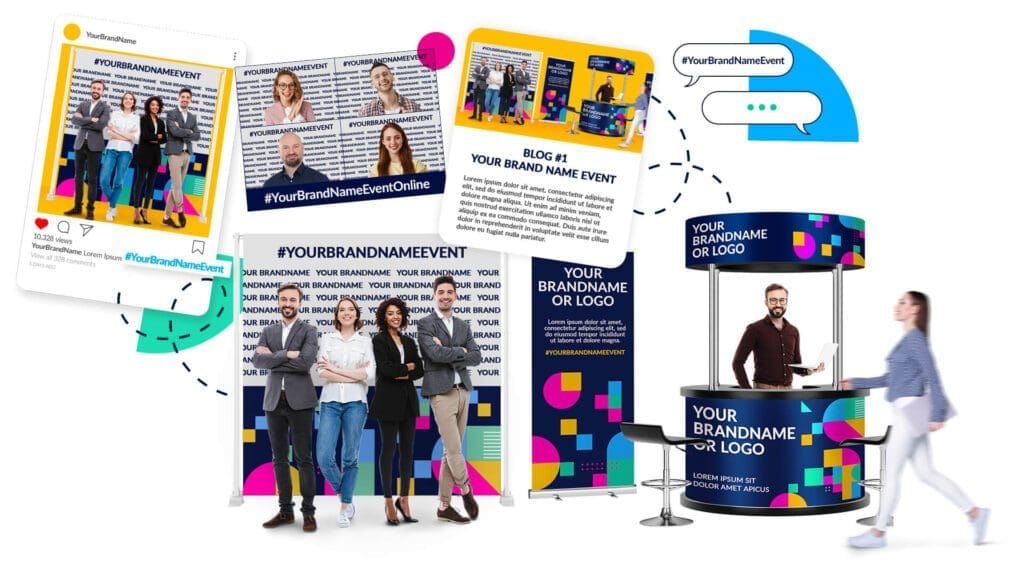
Thanks to the global pandemic, working from home has become a big part of corporate culture. This element is here to stay, with more businesses and employees choosing to work remotely. With this in mind, it is important to encourage and build a digital corporate culture.
Phygital marketing helps you do this by bringing the physical and digital world together. You can use phygital marketing to foster team building in a number of ways:
There's no doubt that phygital marketing is here to stay. By using technology to bridge the gap between the physical and digital world, you can create a seamless customer experience that will encourage customers to shop with you time and time again.
Having a photo booth in your store or in the lobby of your corporate head office is a great way to create more Instagrammable moments. This will not only increase foot traffic to your store or office, but it will also create brand awareness and loyalty. Contact us today and let us help you in setting up a memorable photo moment inside your business.
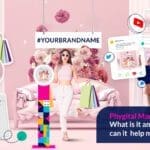
Phyigital Marketing is a term that refers to the combination of physical and digital marketing channels and strategies. It involves using both online and offline marketing methods to reach consumers, and can be used to create a more holistic marketing strategy.

Phygital Marketing can include using QR codes, barcodes, or other tracking mechanisms to link physical objects with digital content.

An Instagrammable moment is a moment that is worthy of being captured and shared on Social Media. It may be a beautiful sunset, a funny facial expression, or an interesting architectural detail. Marketing professionals use Instagrammable moments to create content that inspires people to share photos of their own experiences using the product or service.
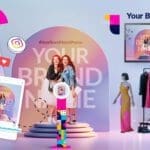
Marketers use "instagrammable moments" to create content that encourages people to post photos of their experiences with the product or service. This type of marketing is designed to generate exposure and excitement for the brand on social media.